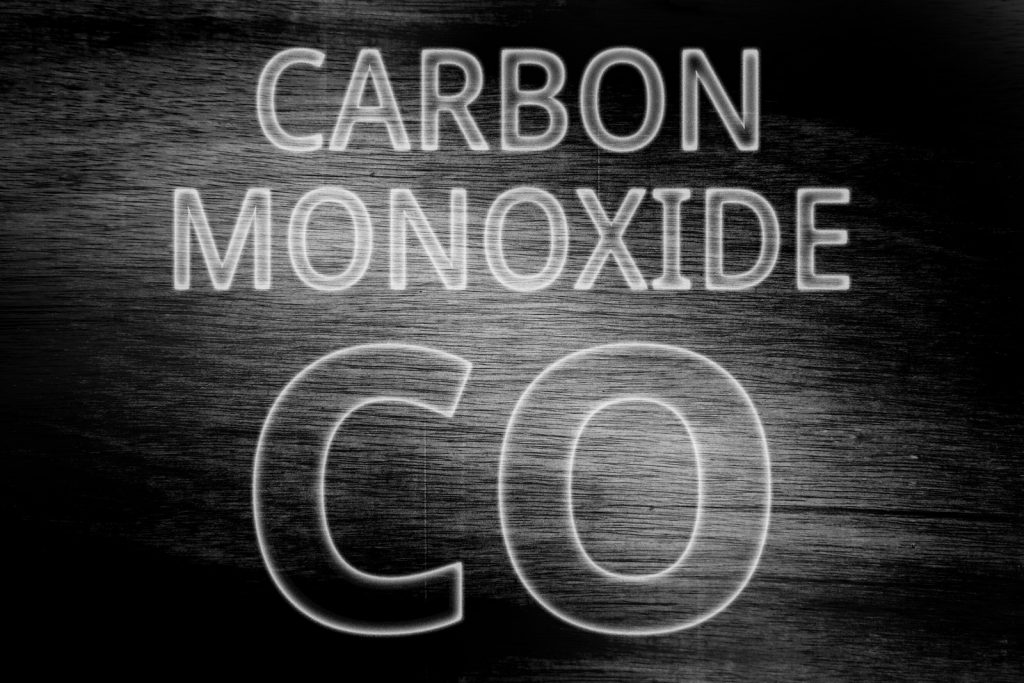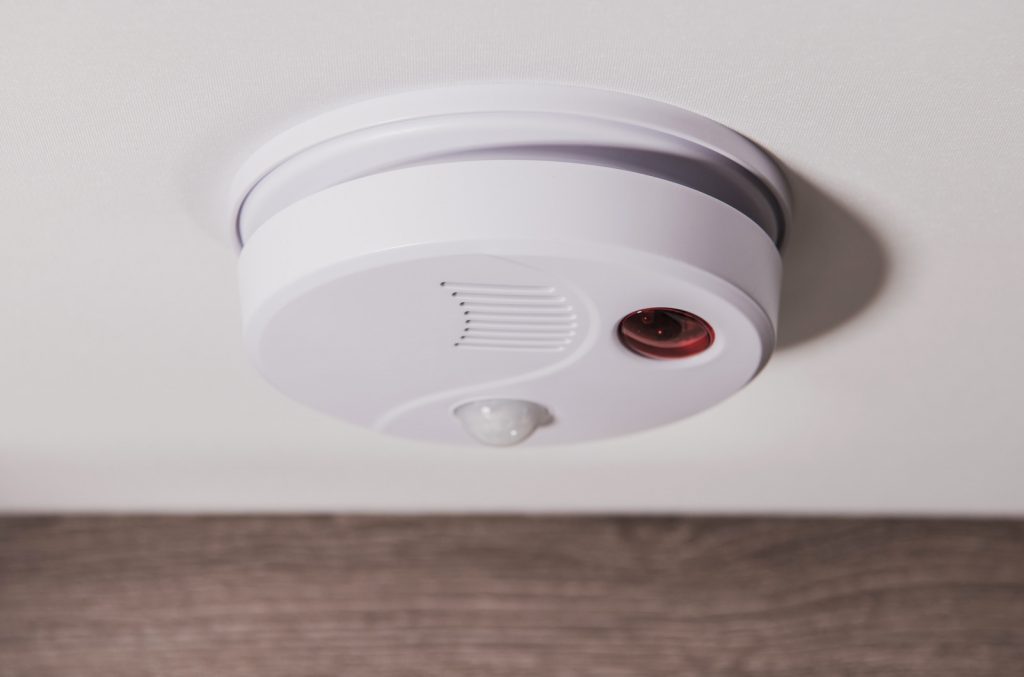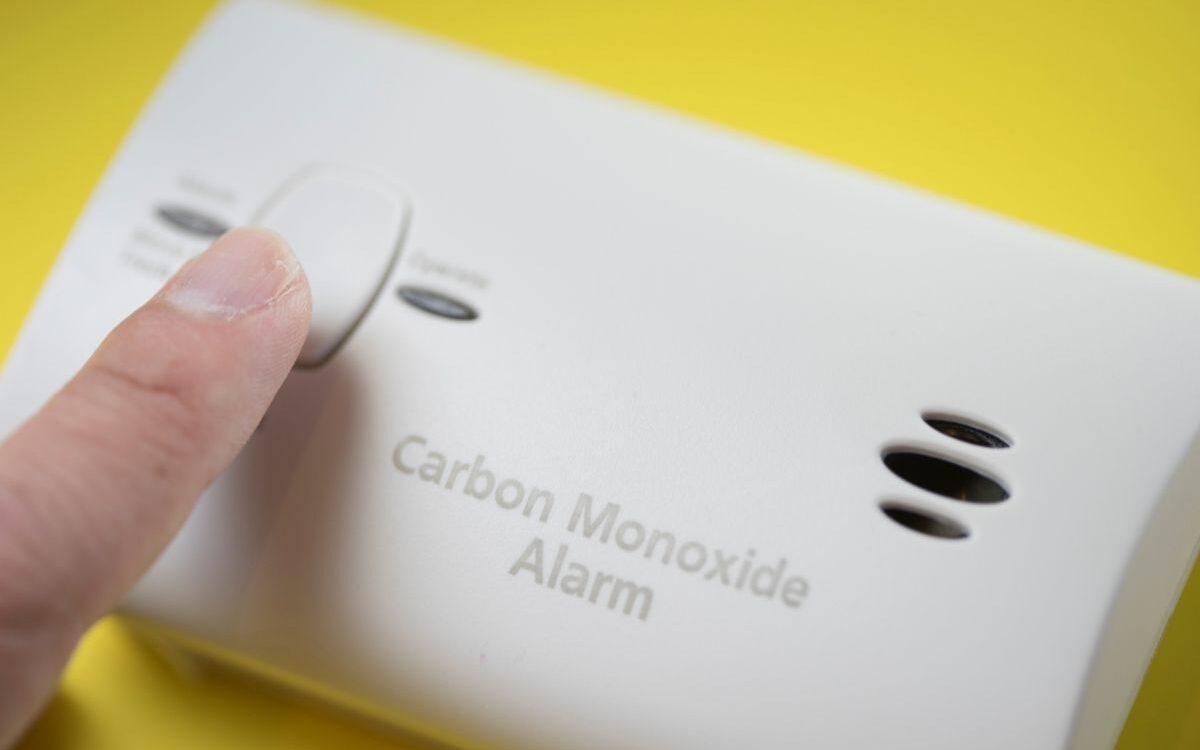
In this comprehensive guide, we aim to provide you with a deep understanding of carbon monoxide (CO) and the importance of boiler safety. Carbon monoxide is an odourless, tasteless, and colourless gas that can be emitted from faulty or improperly maintained boilers.
Understanding the risks associated with CO and implementing preventive measures is crucial for ensuring the safety of your home and loved ones. Join us as we delve into the details of carbon monoxide, its sources, detection methods, and effective safety precautions.
Boilers use large amounts of fuel gas for heating and can produce carbon monoxide (CO) if the gas is not burnt properly. CO is a dangerous substance if it escapes into the room, especially in rooms where people sleep.
But there are usually signs of a carbon monoxide leak that you should be aware of. It is produced when a gas boiler or other gas or solid fuel appliances don’t properly burn the fuel so correct combustion doesn’t take place.
Symptoms to look out for with carbon monoxide include flushed skin, headache, breathlessness and palpitations. Signs of CO leaks from a boiler include black marks on or around the appliance, or a yellow unstable flame.
Sources of Carbon Monoxide in Boilers
Boilers are one of the potential sources of carbon monoxide in residential and commercial settings. Faulty or malfunctioning boilers can produce and emit CO gas, putting occupants at risk. The following factors can contribute to the production of carbon monoxide in boilers:
1. Inadequate Ventilation
Poor ventilation in boiler rooms can lead to a buildup of carbon monoxide. Insufficient airflow hampers the proper combustion of fuels, allowing CO to accumulate and pose a significant health hazard.
2. Improper Boiler Installation
Improper installation of boilers can result in CO leakage. It is crucial to ensure that boilers are installed by certified professionals who adhere to safety guidelines and regulations.
3. Lack of Regular Maintenance
Regular maintenance is essential for boiler safety. Neglecting routine inspections, cleaning, and servicing can lead to malfunctions and the release of carbon monoxide.
Symptoms of Carbon Monoxide (CO)poisoning
The table shows how even a small amount of CO can be dangerous. Some symptoms of CO poisoning are:
| Percentage % levels of CO in the air | Symptoms of CO poisoning |
| 0.01 | Tightness across the forehead with prolonged exposure |
| 0.03 | Flushed skin, headache, breathlessness and palpitations |
| 0.05 | Severe headache, nausea, increased breathing and pulse rate and collapse on exertion within4 to 5 hours of exposure |
| 0.4 | Coma, weakened heart and respiration within a few minutes |
Warning signs of Carbon Monoxide around boilers
- Black marks on or around the appliance
- Pilot lights that go out
- Excess condensation in the room such as dripping on windows
- Stuffy or smelly air like something overheating
- A yellow wobbly flame on appliances instead of a clear blue flame (some appliances have this effect for aesthetics so check the instructions)
What to do if you suspect Carbon Monoxide poisoning
If you or someone in your house experiences CO symptoms, these are the important steps to take: you should vacate the property (because the CO level quickly reduces after exposure has stopped), immediately seek professional medical attention, stop using the gas appliance in the property and call a registered gas engineer to check the whole installation.
Detecting Carbon Monoxide
Detecting carbon monoxide is paramount for early intervention and prevention of CO-related incidents. While CO is invisible and odourless, there are several reliable detection methods available:
1. Carbon Monoxide Detectors
Carbon monoxide detectors are electronic devices specifically designed to detect the presence of CO gas in the air. These detectors sound an alarm when dangerous levels of CO are detected, providing an early warning to evacuate the premises.
It is vitally important to ensure, by testing, that people are not exposed to carbon monoxide.
Carbon Monoxide leaks can be tested with:
- A flue gas analyser by an engineer
- A battery operated CO alarm
- A mains operated CO alarm
- A spot detector
Disclosure: Some of the links below are Amazon affiliate links. This means that, at no cost to you, we may earn an affiliate commission if you click through the link and complete a purchase.
A Flue Gas Analyser
A gas analyser is used by gas engineers who have been assessed on the correct use of the equipment. It can pick up very small levels of CO and the engineer can use it to rectify potential problems within gas appliances before they occur or fix any present faults.
An electrical CO alarm

These are either battery operated or mains-powered and provide both a visual and audible indication of excessive CO levels in a property. The mains-powered alarm is preferred as there are no batteries to replace, or if there are, they are for backup should a power cut occur.
Be sure to regularly test the alarm to make sure it is working. Near the end of its life, the alarm will start beeping, intermittently at first, then more often. This indicates it is time to get a replacement.
Where to position a Carbon Monoxide detector
- Always check with the manufacturer’s instructions first on where to place the alarm
- Put a detector in the room where the appliance is installed
- Do not place the detector less than 1.5 meters from a gas appliance
- Wall mounted detectors should be positioned above the height of any doors or windows but at least 15 cm from the ceiling
- If not on a wall, place it above head height, not too far from the ceiling.
- Test the alarm regularly to make sure it works properly, replace any batteries.
- Do not put the carbon monoxide detector in a cupboard as it may not work properly
- If you only have one CO alarm, it could be placed outside of a bedroom to wake you up if needed when you are sleeping.
A CO indicator card
Sometimes called a spot detector. On exposure to CO, a sensitive spot changes colour from light brown to red. These provide only a visual indication of contamination so cannot warn you if you are sleeping.

How to get rid of Carbon Monoxide
Take these steps if you fear carbon monoxide poisoning could occur:
- Stop using the suspected gas appliance immediately and don’t turn it on again.
- Ventilate your property with fresh air by opening windows and doors, or step outside of the house.
- Call a registered gas engineer to check the appliance for safety.
- Take the engineer’s advice seriously and follow the recommendations
Conclusion
Carbon monoxide poses a serious threat to your household’s safety, particularly when it comes to boilers. Understanding the sources, detection methods, and preventive measures is crucial for protecting your loved ones from the harmful effects of CO gas.
By prioritising proper installation, regular maintenance, and implementing adequate ventilation, you can mitigate the risks associated with carbon monoxide. At Boiler and Water Heater.com, we emphasise the importance of boiler safety and are dedicated to providing comprehensive solutions to ensure your peace of mind and well-being.
*The information in this article should be used for general guidance only and not as financial or health advice. Full details are on the link in the footer to our disclaimer page. Always discuss your requirements with a competent and suitably qualified professional before undertaking any work.

